Travel destinations Comments: 0 Sep 02, 2023
If I wanted to talk about the Serbian poet Jovan Ducic, I would inevitably have to mention the city of Trebinje. And vice versa, writing about Trebinje, I couldn't do without saying more than a few words about Jovan Ducic. It is unusual and rare that one man and one city are so intertwined, immortalized, inseparably connected.
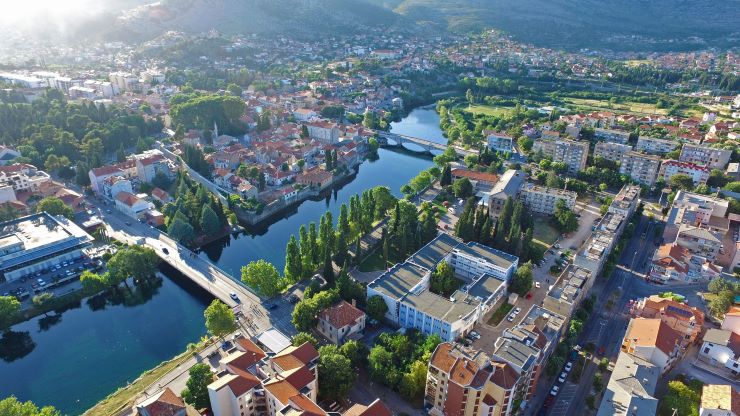
Source of photography: GoTrebinje
Jovan Ducic was born in Trebinje at the end of the 19th century, and life took him everywhere from rough Herzegovina, far to the distant world. Nevertheless, the poet always carried his city in his heart, and whenever he could, he was happy to return to it. In the name of that love, whenever he came to visit him, he used to bring him a gift, as a living beloved being.
That is why today, in addition to books, valuable works of art, handicrafts and seedlings, which he brought from his travels, remind us of the famous poet.
Jovan Ducic presented the city with a baroque figure of Queen Yelena of Anjou. In this way, the mighty walls of the old town were refined with a Mediterranean element.
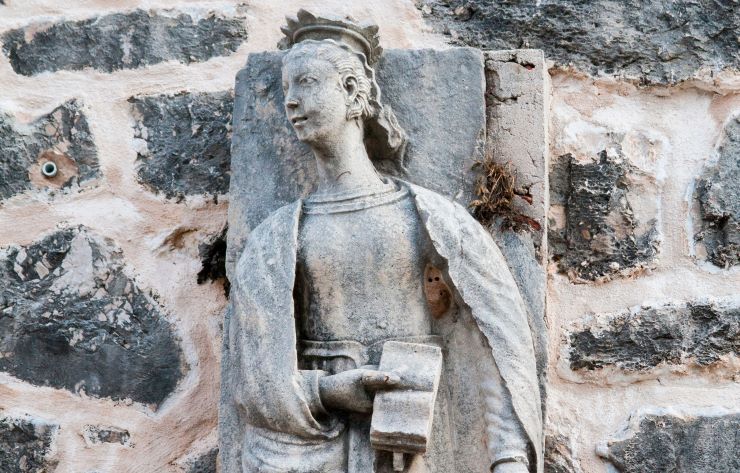
Source of photography: GoTrebinje
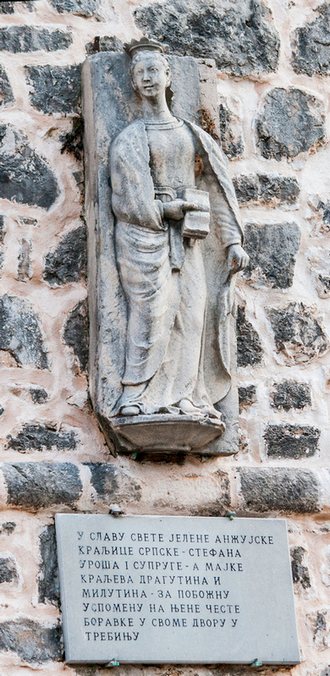
Source of photography: GoTrebinje
The monument to the great poet Petar II Petrović Njegos was erected by Jovan Dučić in 1934 on land that he personally bought from the Catholic Church.
The monument is the work of the famous sculptor Toma Rosandic, and it is interesting that it is the first monument erected in honor of Njegos.
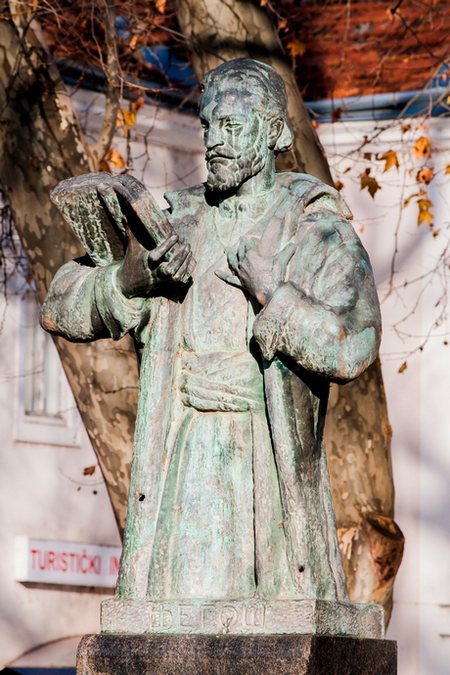
Source of photography: GoTrebinje
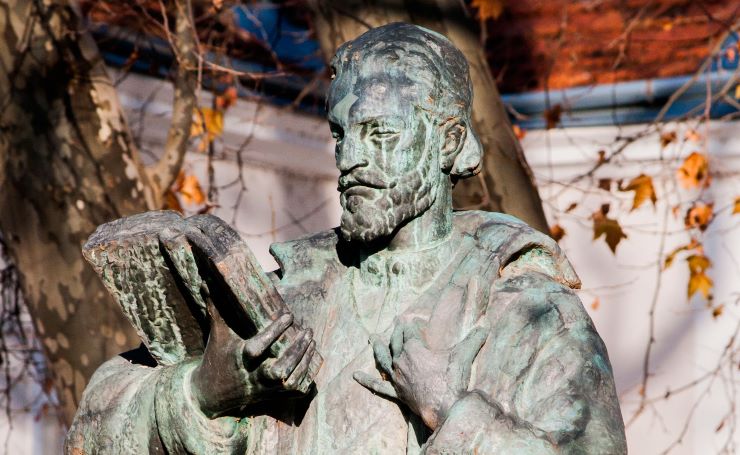
Source of photography: GoTrebinje
The wall gates of the Cathedral of the Holy Transfiguration of the Lord are decorated with two vases, which were also Ducic's gifts to his city. In addition, the poet brought various statues, unique objects, artistic paintings, handicrafts, but also seedlings of sycamore and other plants from his long journeys. In addition to adorning the city streets, huge plane trees have become, in a way, one of the recognizable signs of the city of Trebinje.
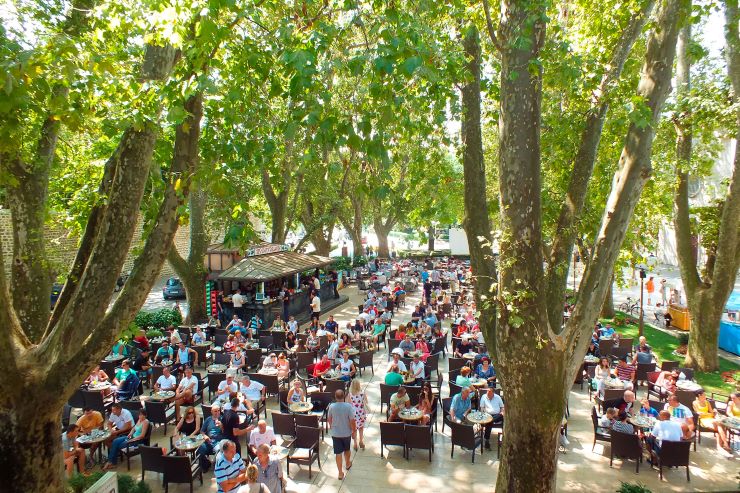
Source of photography: GoTrebinje
Ducic's dream was to plant a "small flower square" in Trebinje, so on one occasion he sent evergreen plant seedlings from Italy by boat.
In the city park there is a fountain and a sculpture of the god Plakir, as well as a monument to the liberators of Trebinje, which was designed by Jovan Ducic himself, dedicated to the Serbian army that liberated the city in 1918.

Source of photography: GoTrebinje
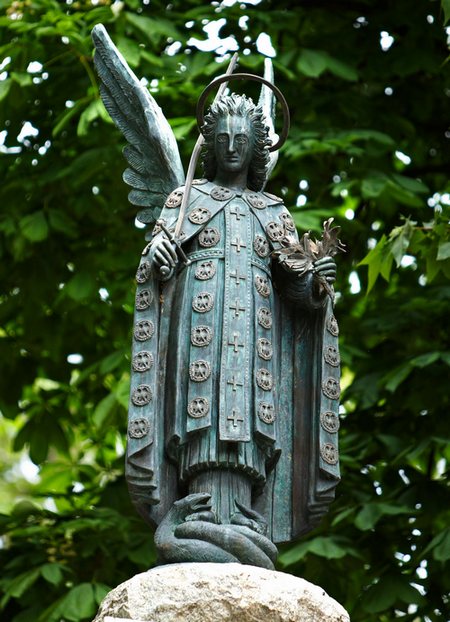
Source of photography: GoTrebinje
And the city park itself, named after the poet, is completed with a monument to Jovan Ducic, which was erected in 1997.
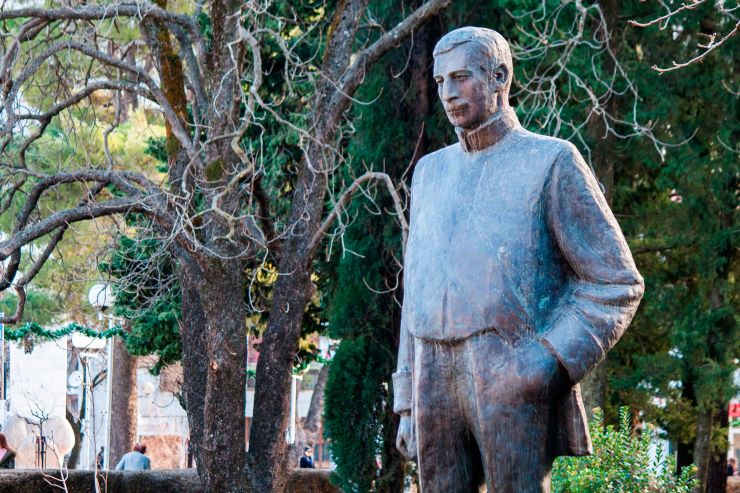
Source of photography: GoTrebinje
In the National Library in Trebinje, there is the Jovan Ducic Endowment, which includes 1,500 books from the period up to 1941, and in 1961, Ducic's library and personal archive of about 4,000 books were delivered from the United States of America.
Part of Ducic's art treasure that he bequeathed to Trebinje is preserved in the Museum in the Old Town, including 15 art paintings and tapestries from a Central European workshop with biblical motifs. The decorations that Ducic received while working as an ambassador, from Hungary, Romania, Italy, Greece, Czechoslovakia, Egypt, Spain, as well as two domestic ones: the Order of the First Order of Saint Sava and the Order of the Yugoslav Crown.
Back in 1938, Jovan Ducic wrote about Trebinje:
"Trebinje has been instructed to count on tourism. In terms of natural beauty, it is one of the most beautiful cities because of the extraordinary river, the extraordinary amphitheater, the miraculous lighting, which comes from the glare from the sea, Trebinje has the future of a city where many officials will seek peace and refuge when they retire with their families from work and from expensive big cities."
Ducic wrote his "Morning from Leotar" in Trebinje, inspired by this mountain towering over the town.
The town traditionally organizes Ducic's poetry evenings, a cultural event that takes place every October in Trebinje, and traditionally gathers poets and writers from Republika Srpska, Serbia and Montenegro.
Trebinje is probably best visited during the summer when you can enjoy long walks, numerous picnic areas, parks, rides, swimming pools and different types of summer attractions. The climate is Mediterranean with short mild winters and long hot summers. The city has about 260 sunny days a year, and is one of the sunniest cities in the Balkans. This is why it is quite understandable why Trebinje is also called the City of the Sun. Midday is suitable for growing southern fruits (vines, olives, figs, pomegranates, tangerines, lemons, oranges, grapefruits). It is interesting that autumn is warmer in Trebinje than spring.

Source of photography: GoTrebinje
This city is connected to larger centers, and is most closely connected to Dubrovnik. It is 346 km from Banja Luka, 464 km from Belgrade, and 551 km from Novi Sad. You can get to Trebinje from several directions and in several ways.
If you are interested in which bus and when you can get to Trebinje, you can visit our portal Busticket4.me, where you can easily and quickly buy a bus ticket, and you can get all the information you need for bus departures in the region, but also throughout Europe.


 RS
RS  ME
ME  HR
HR  BA
BA  RU
RU  MK
MK  AL
AL  ES
ES  DE
DE  IT
IT  CN
CN  NL
NL  SE
SE  FR
FR 

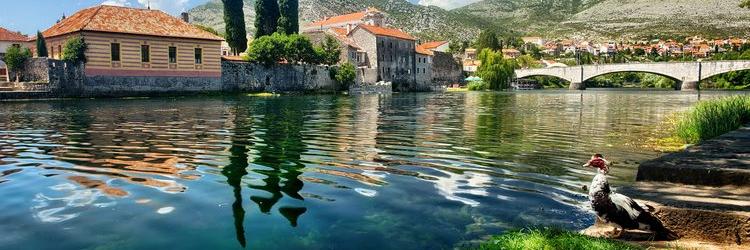




Write a comment